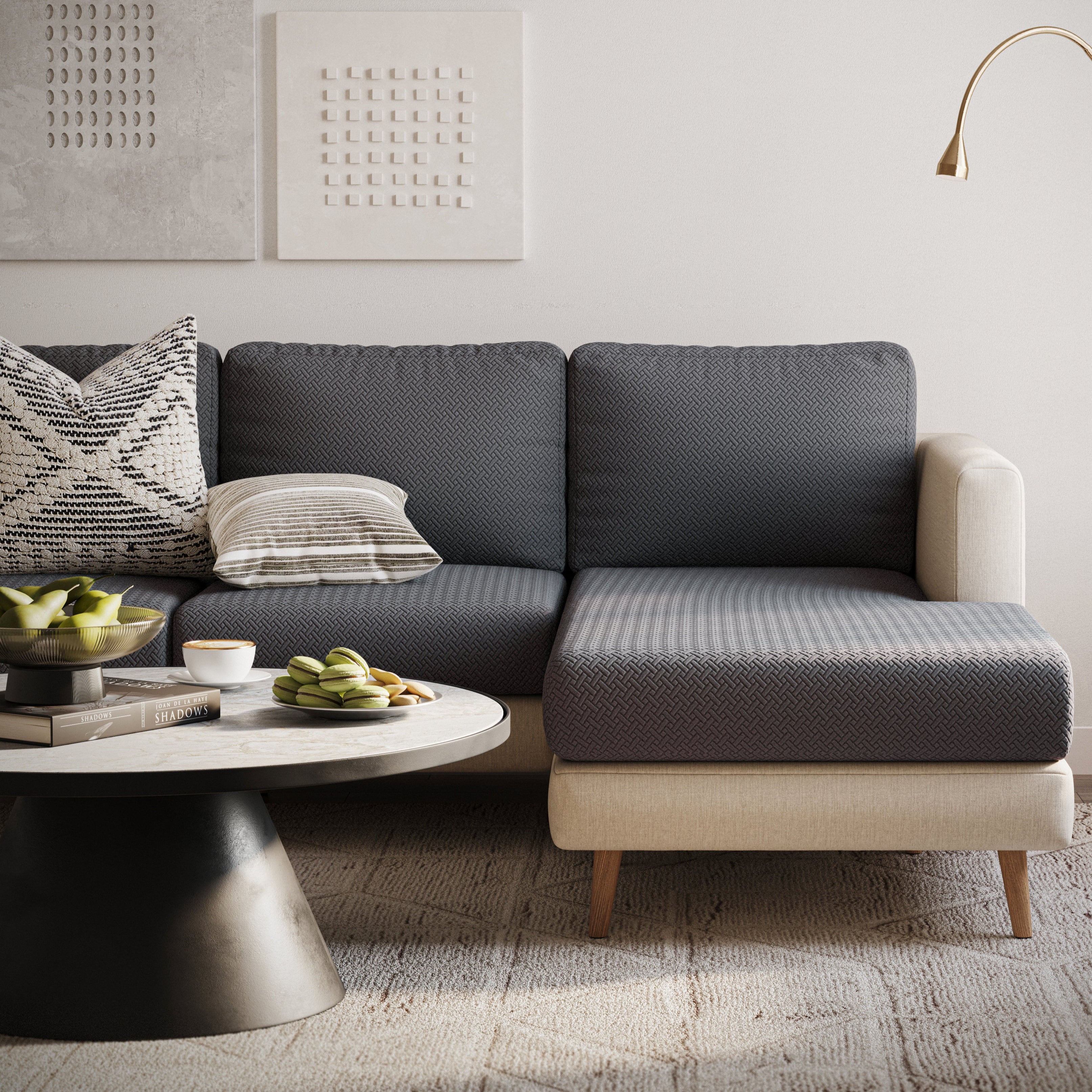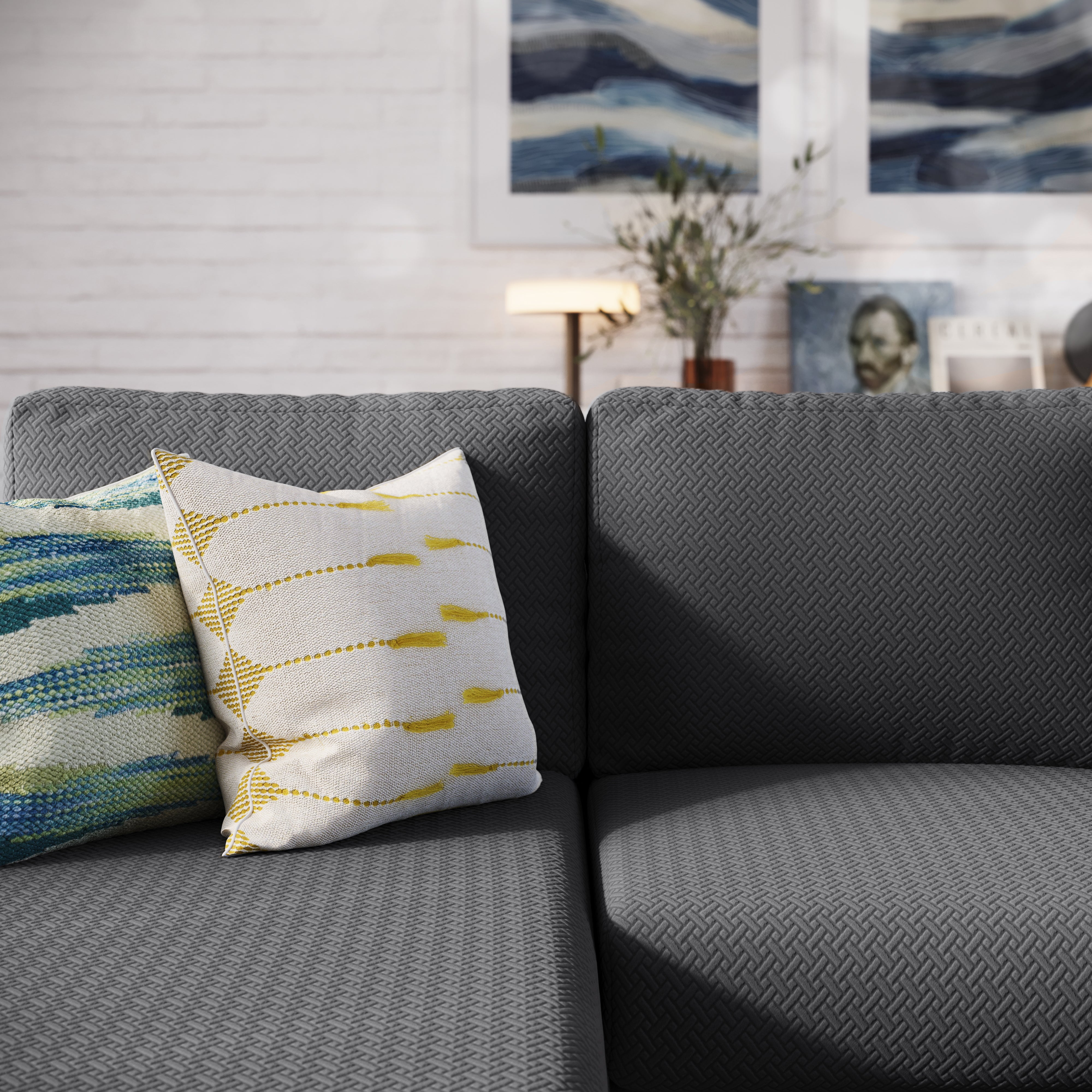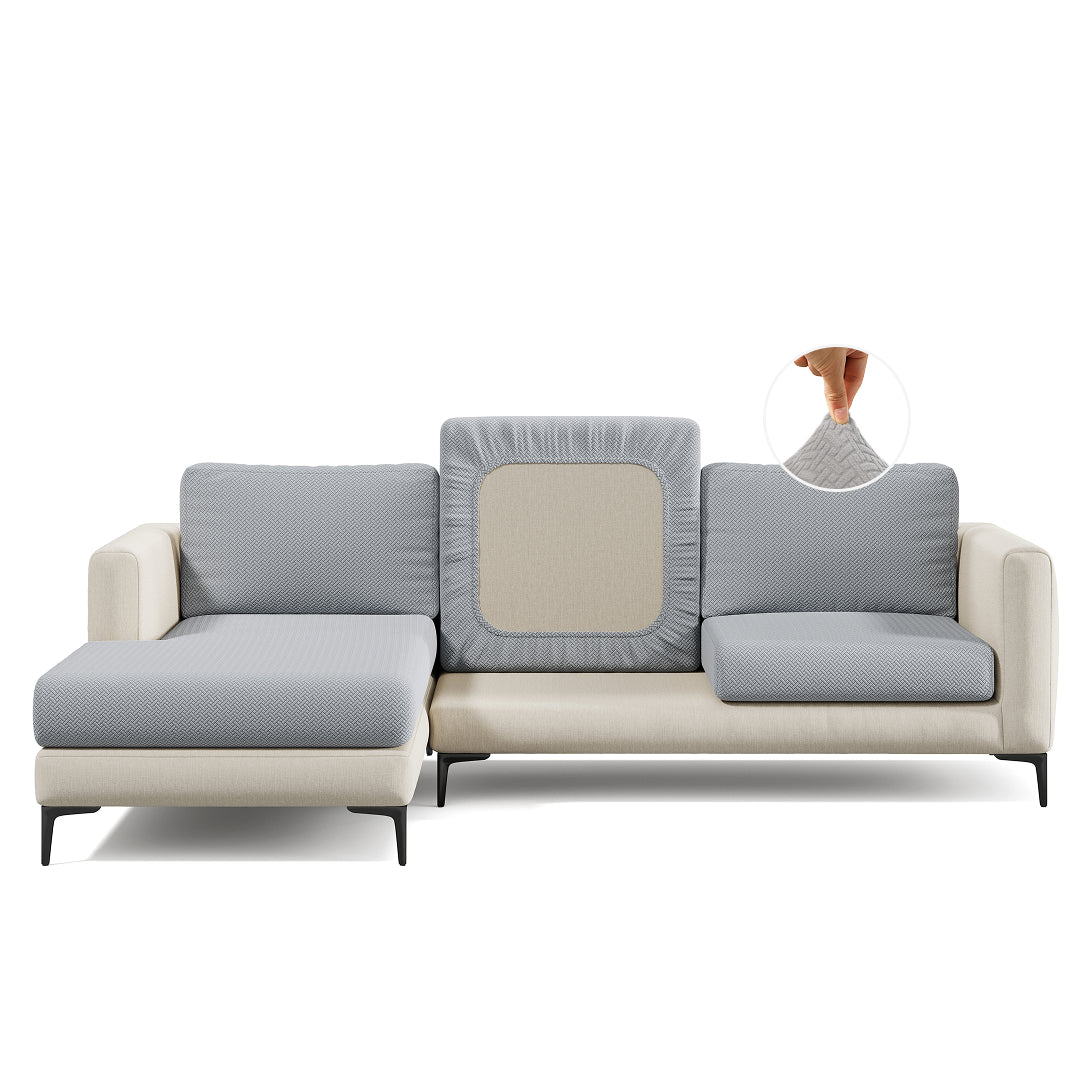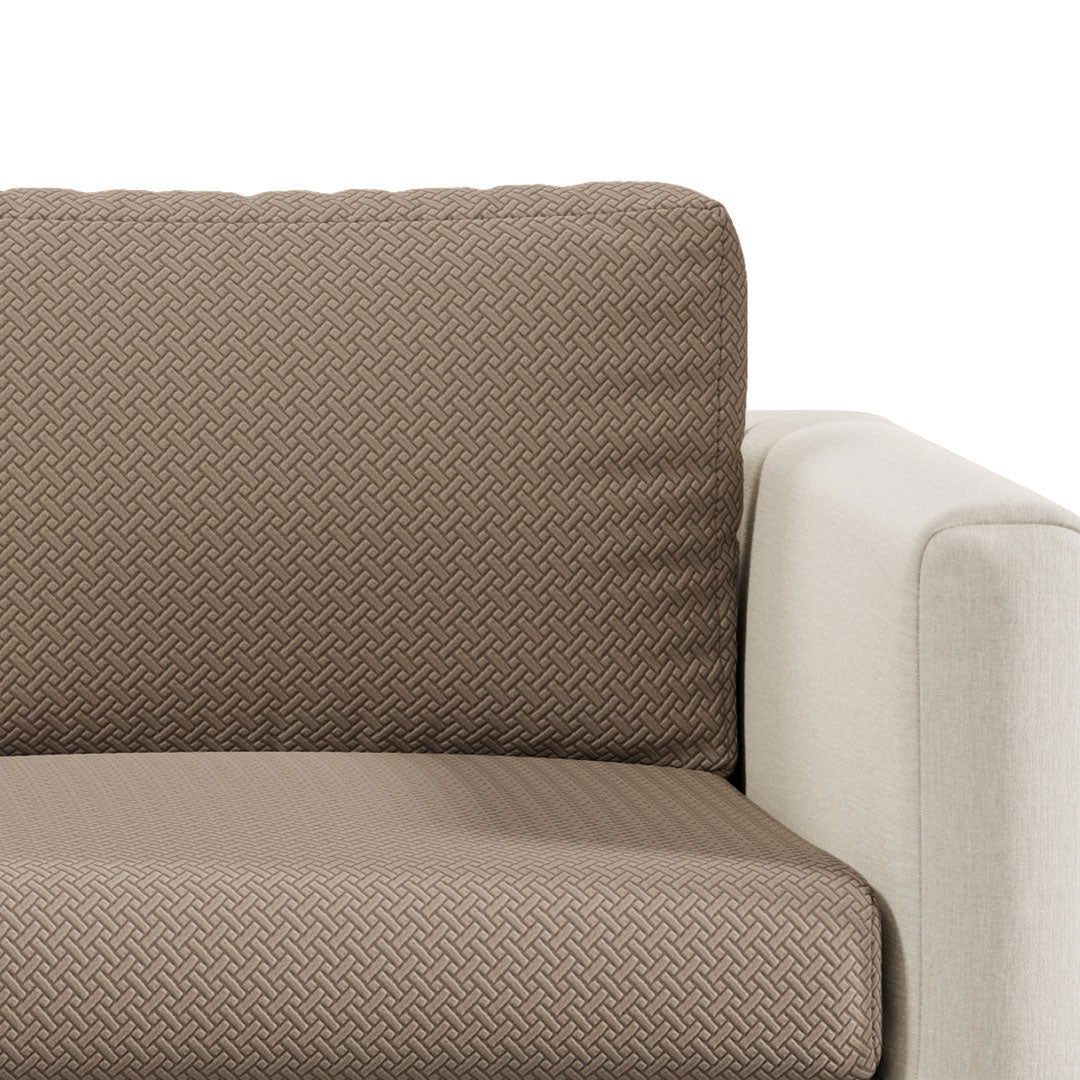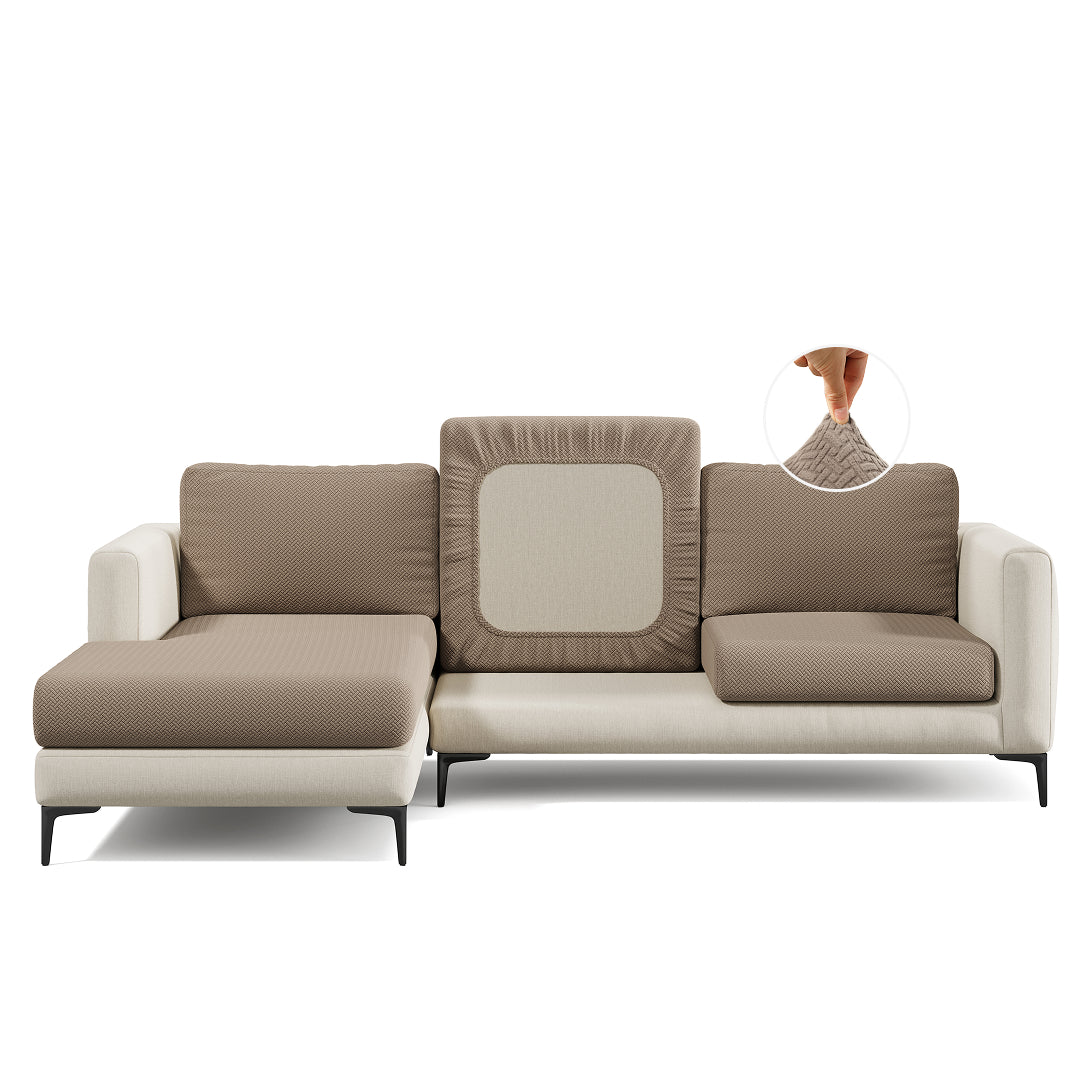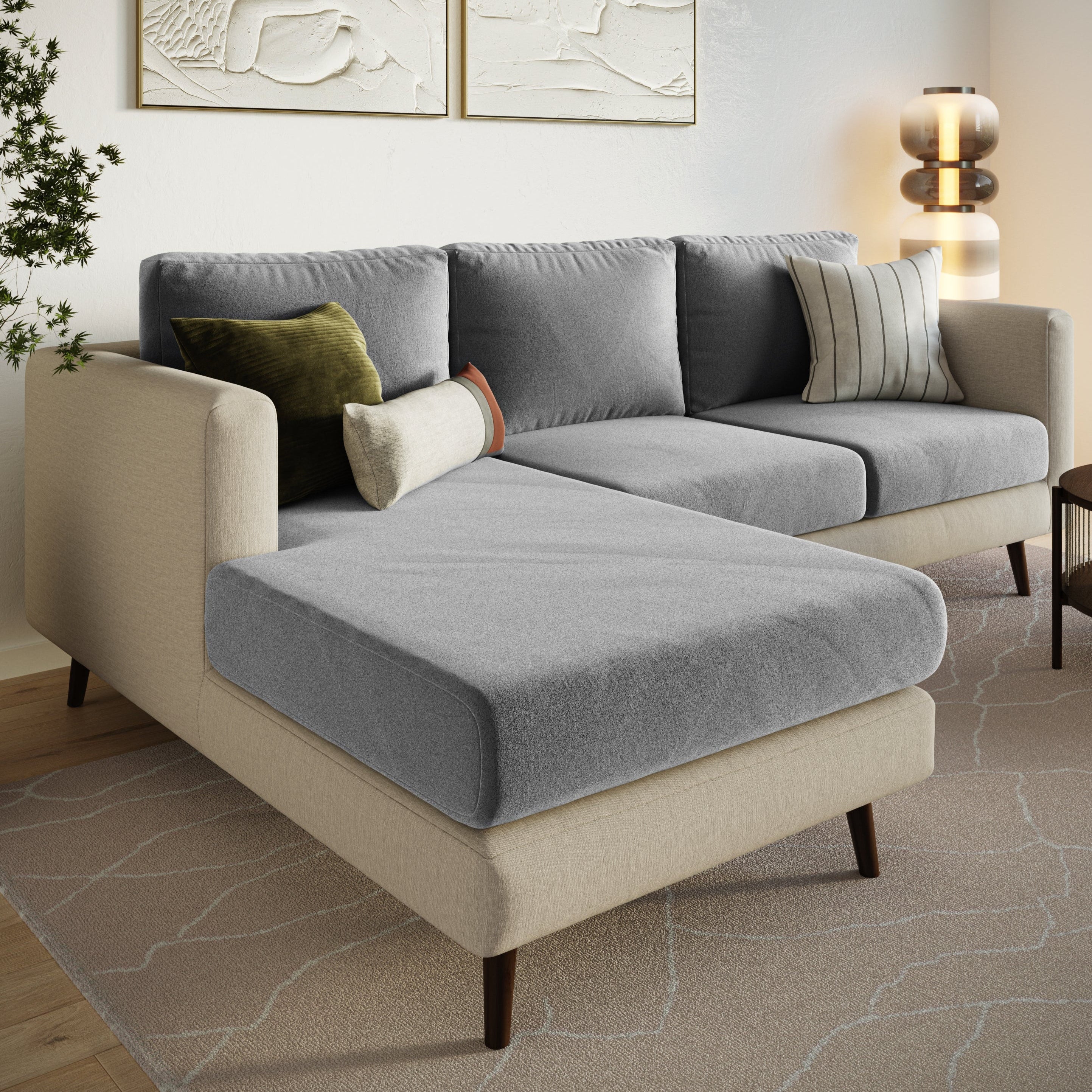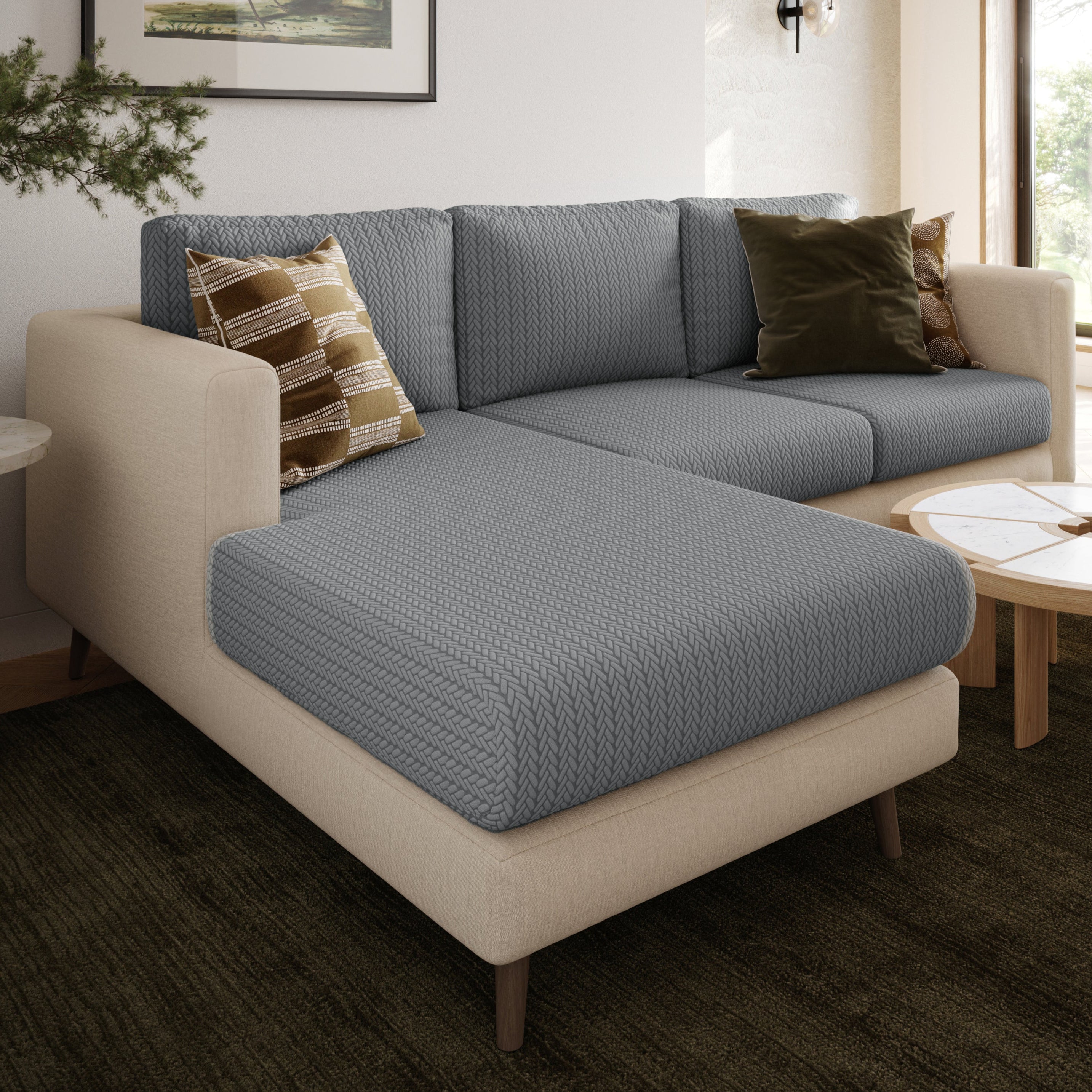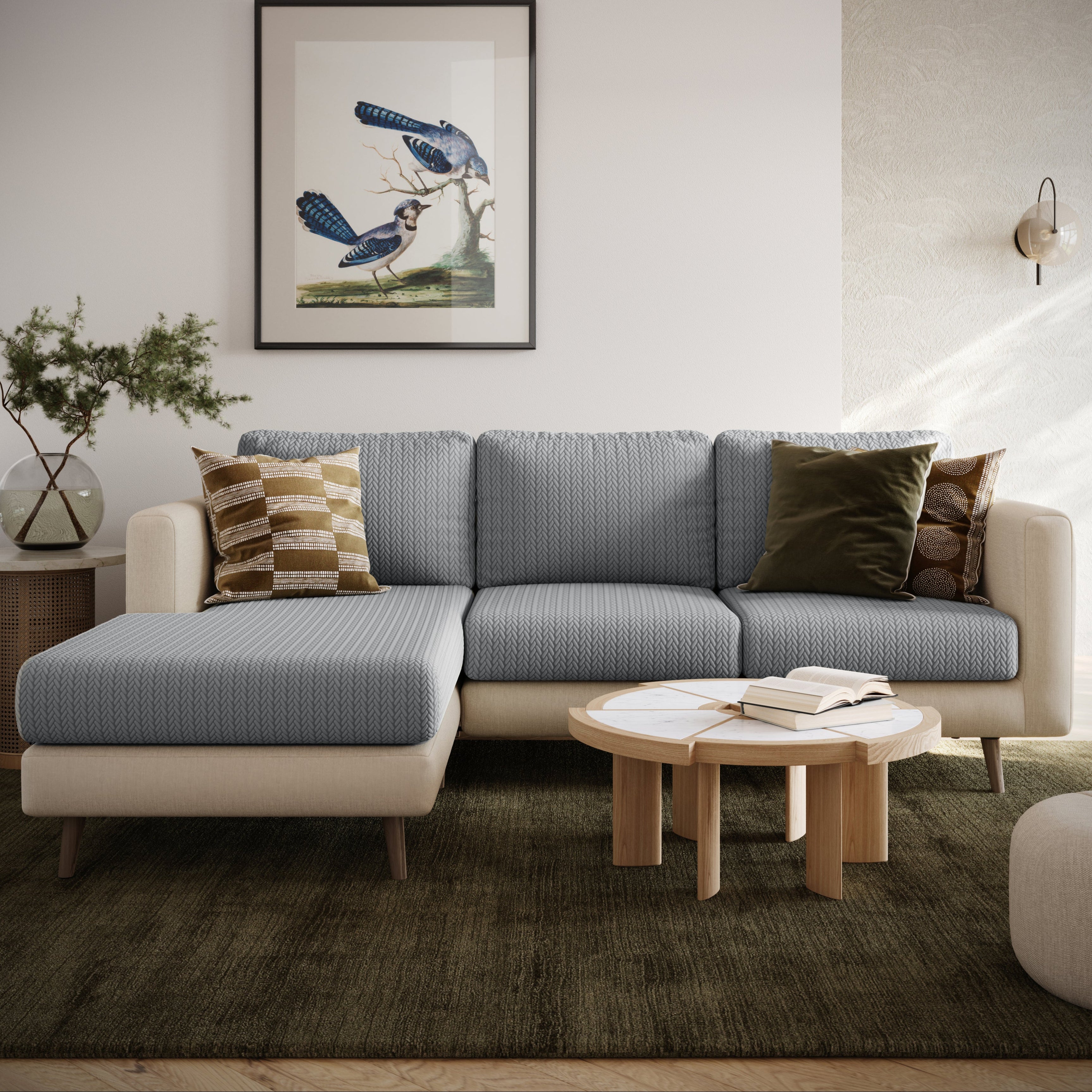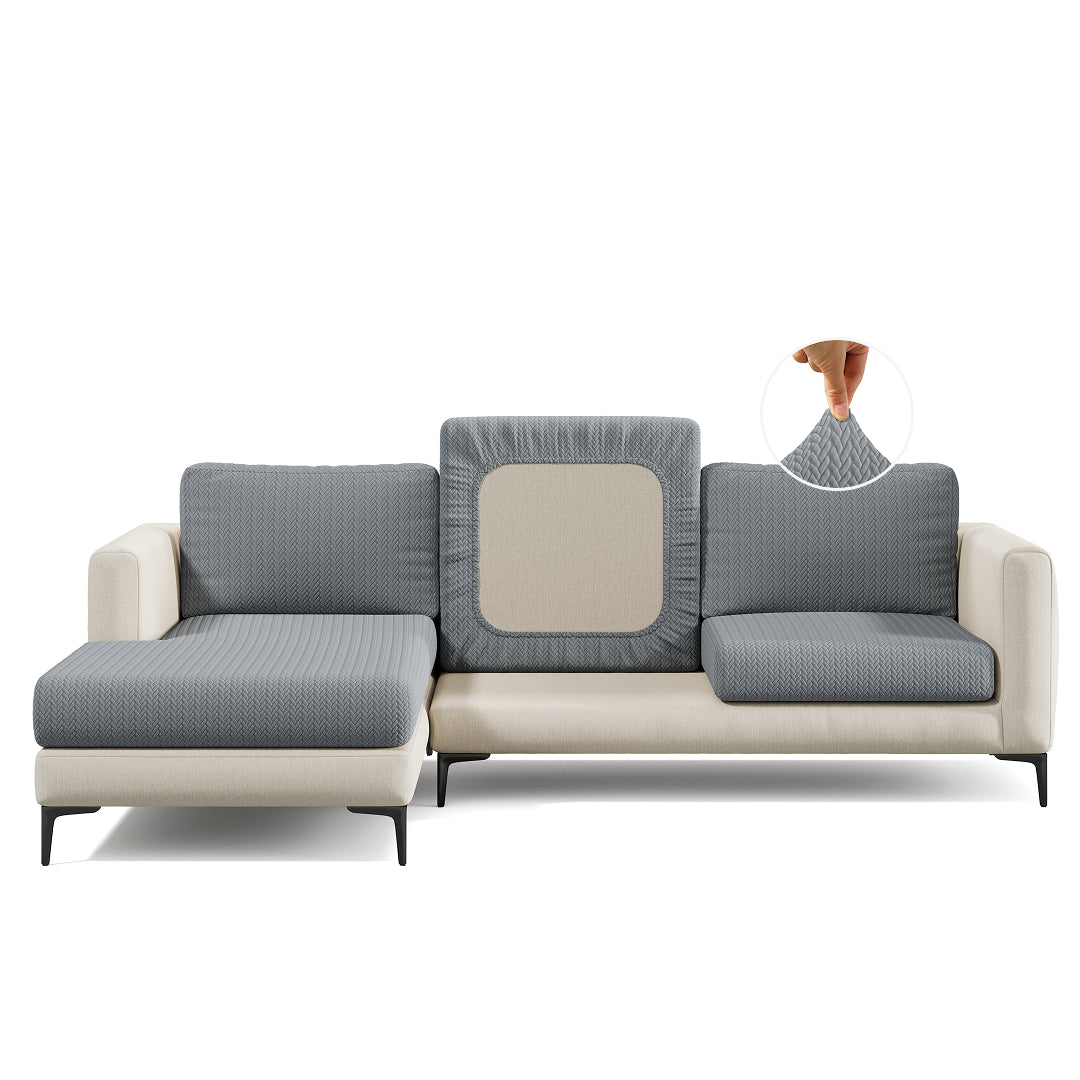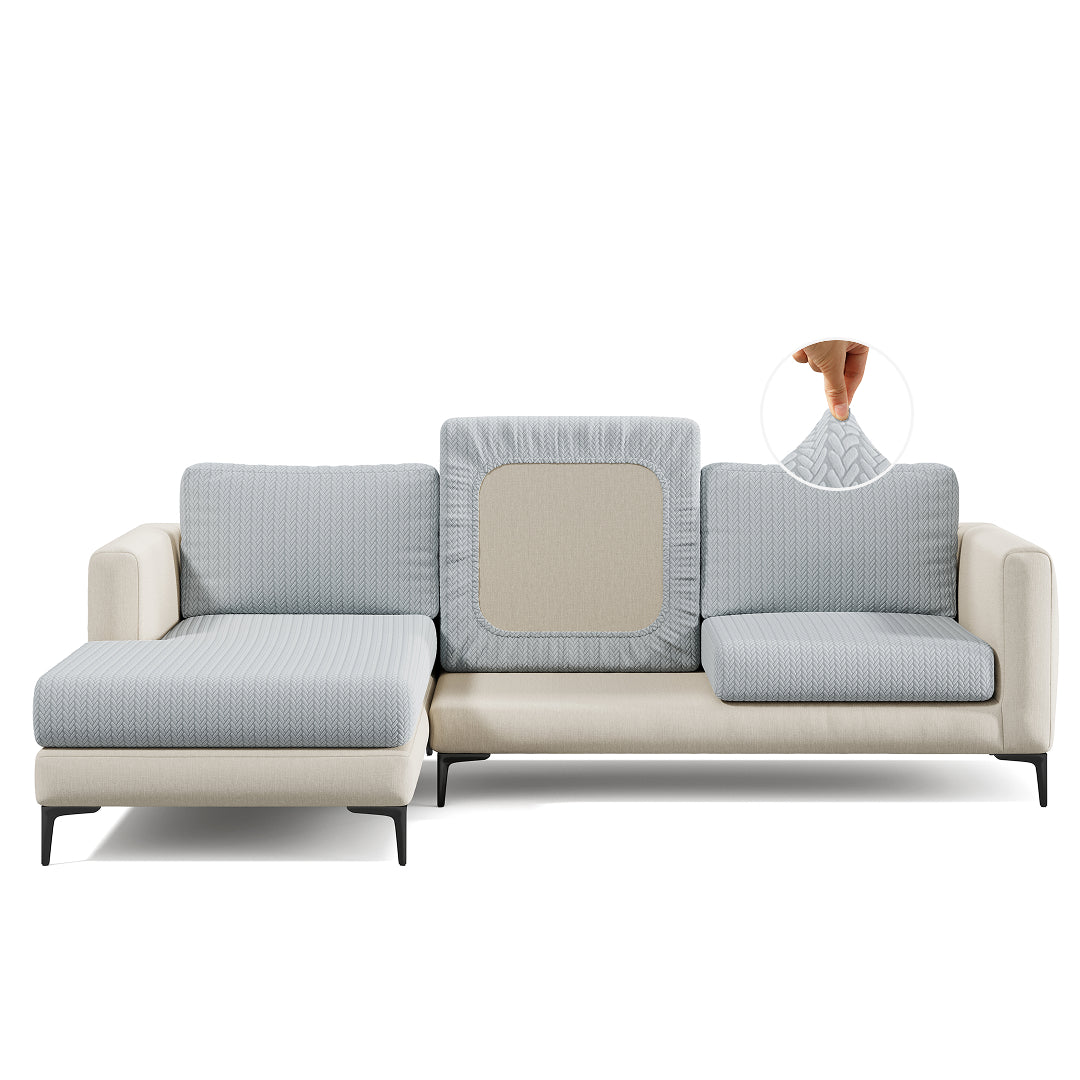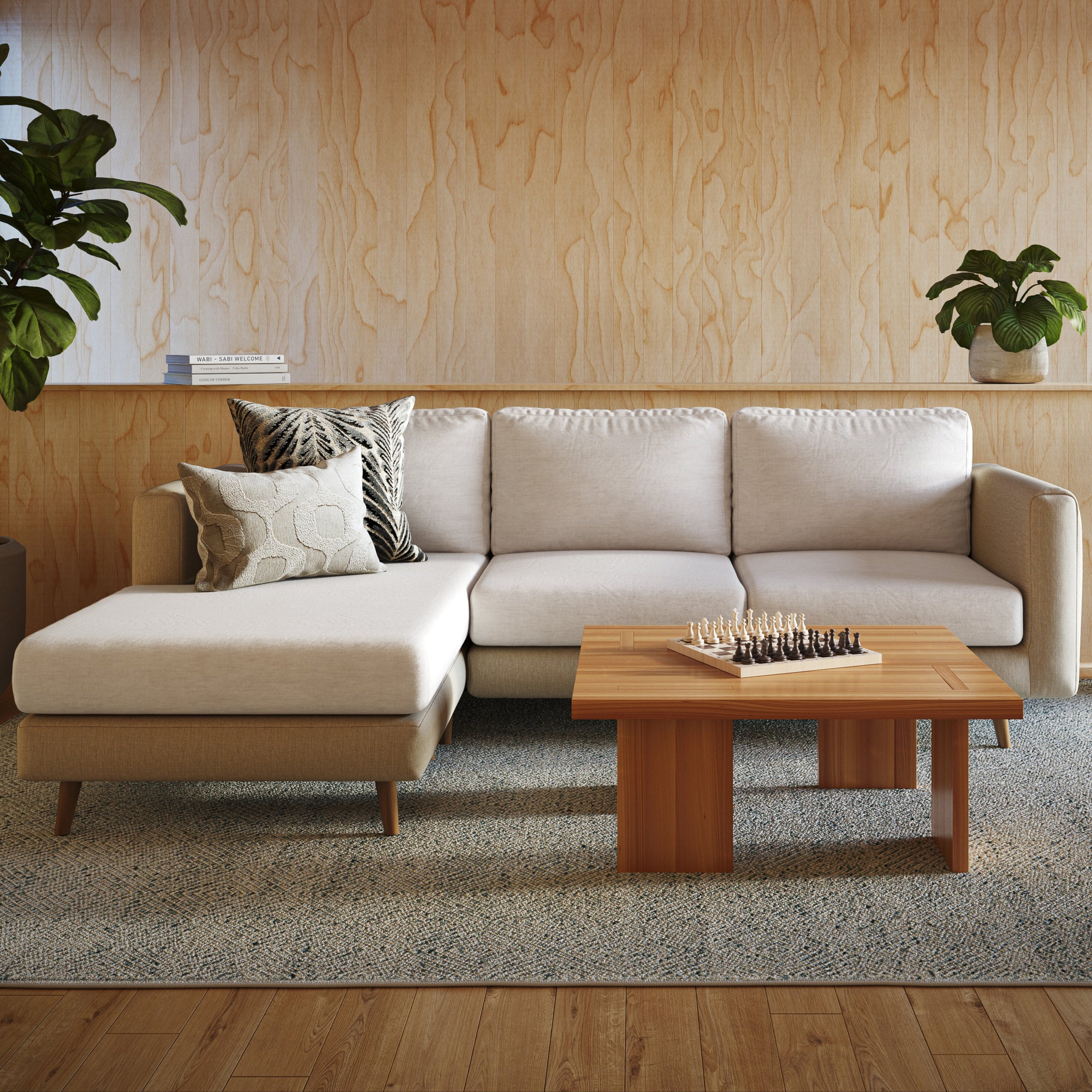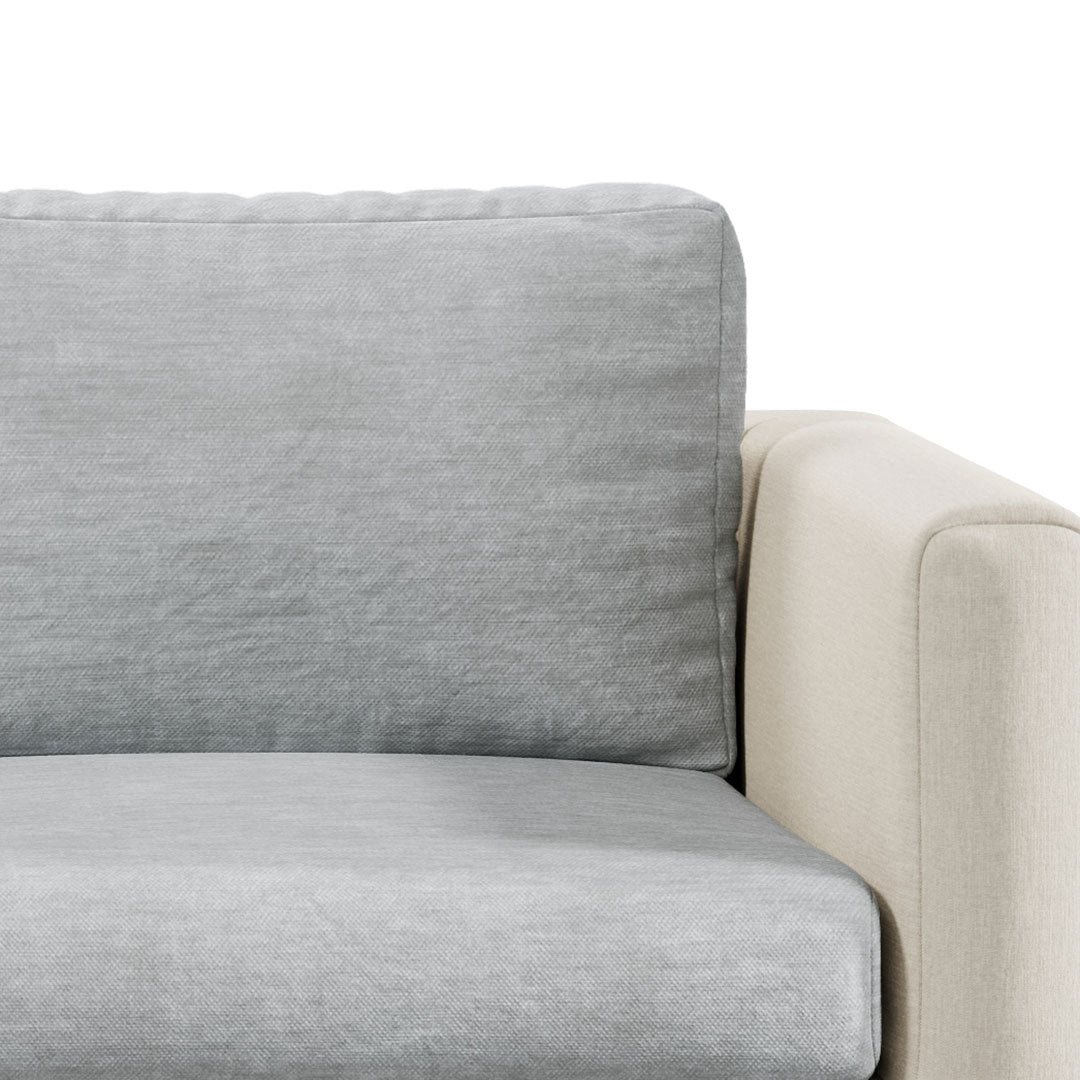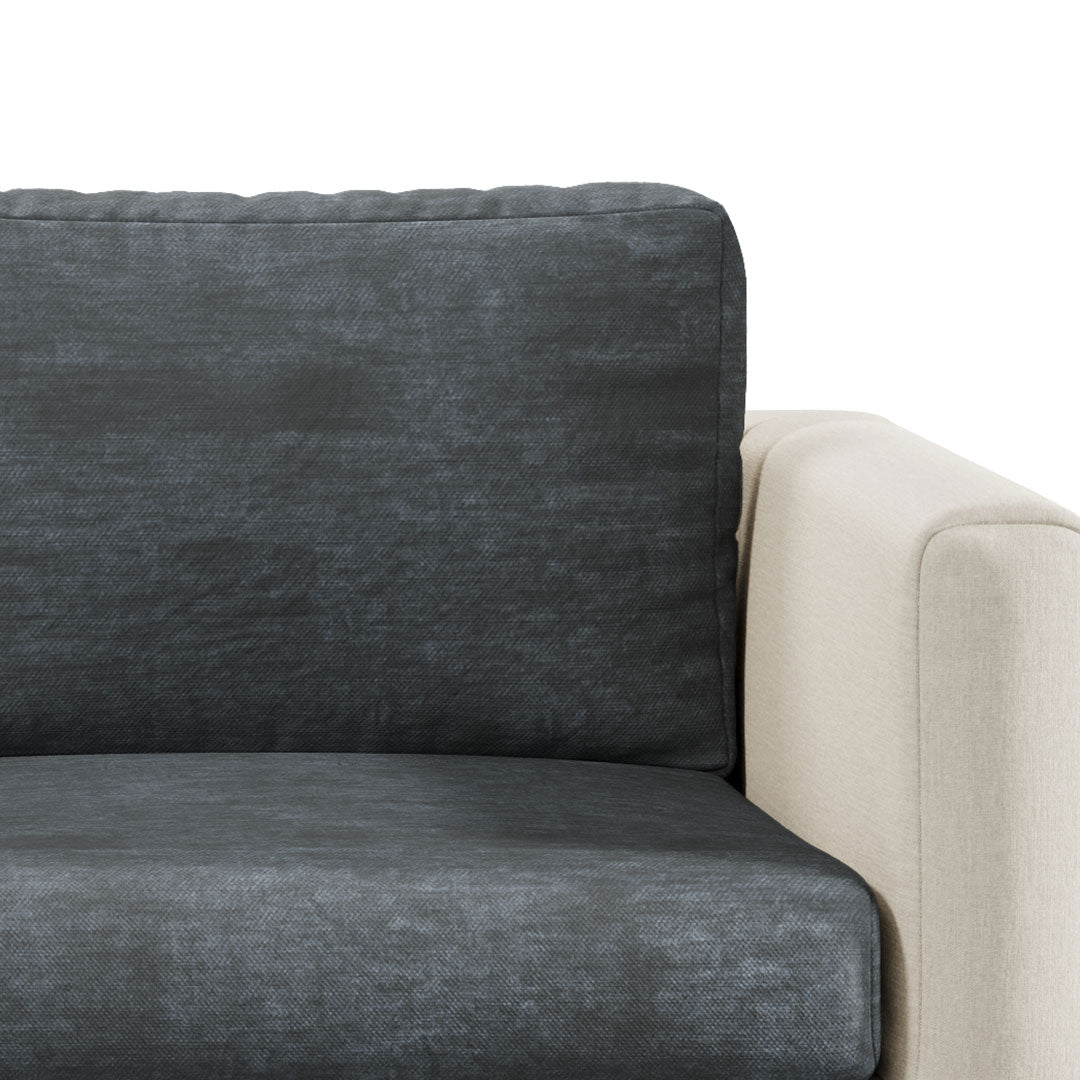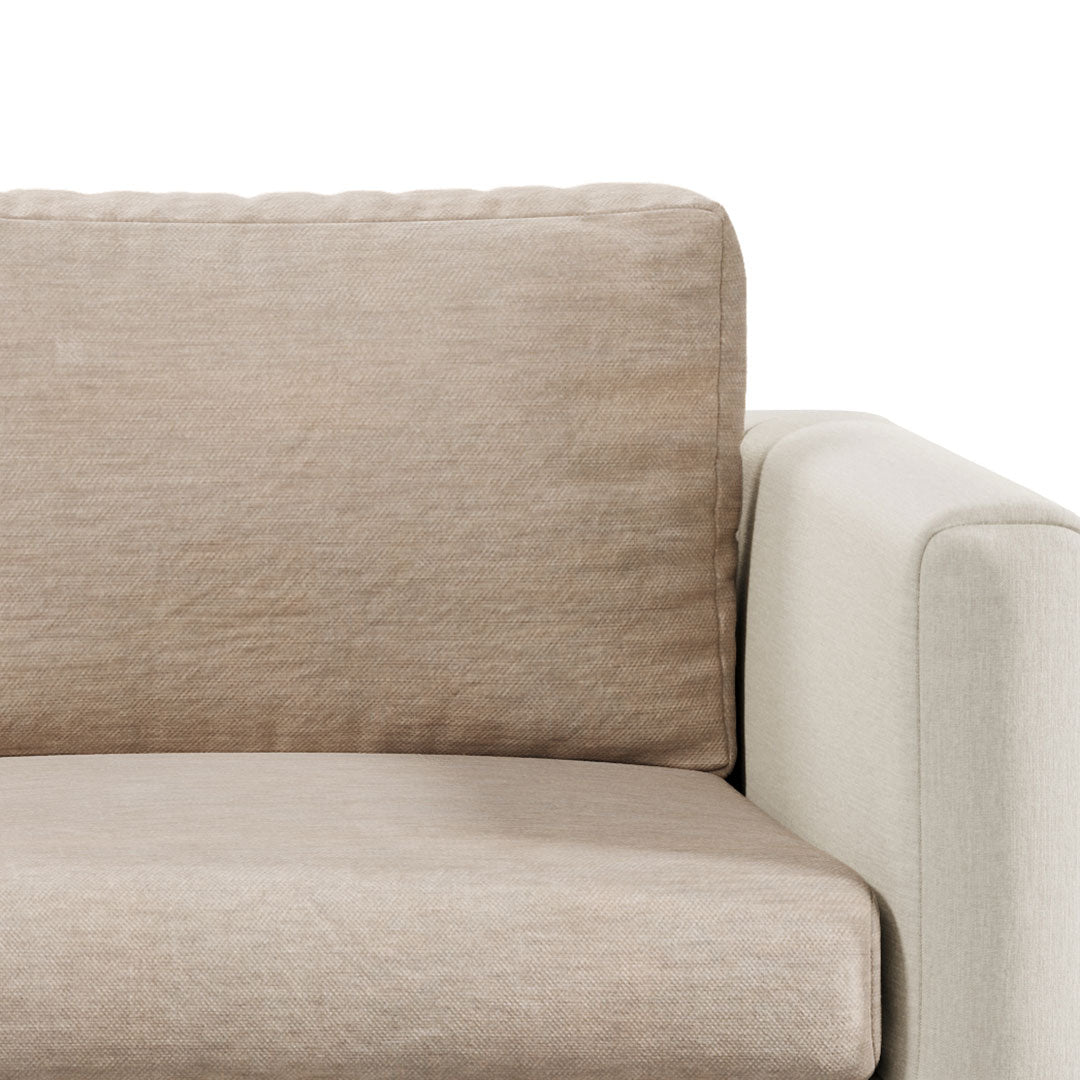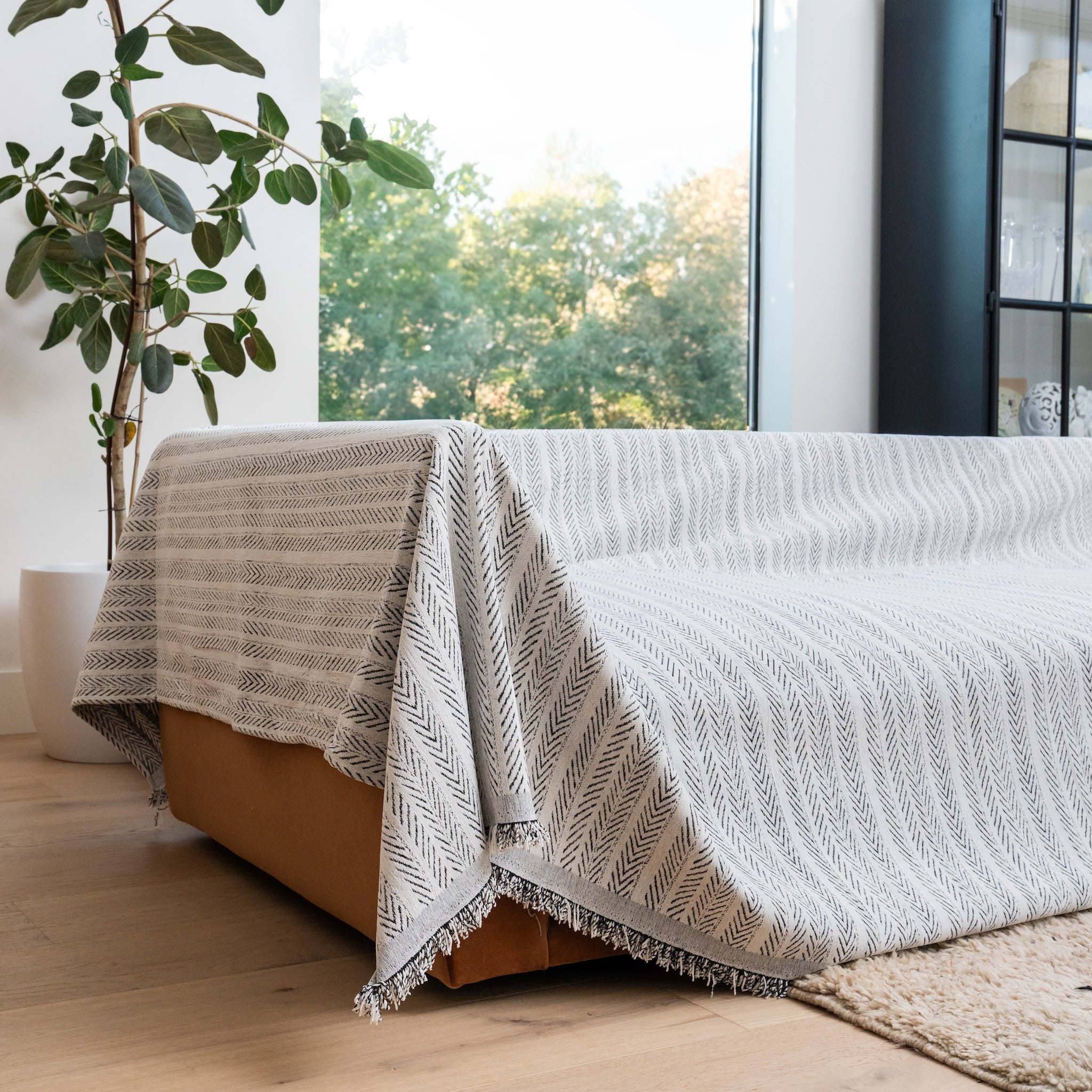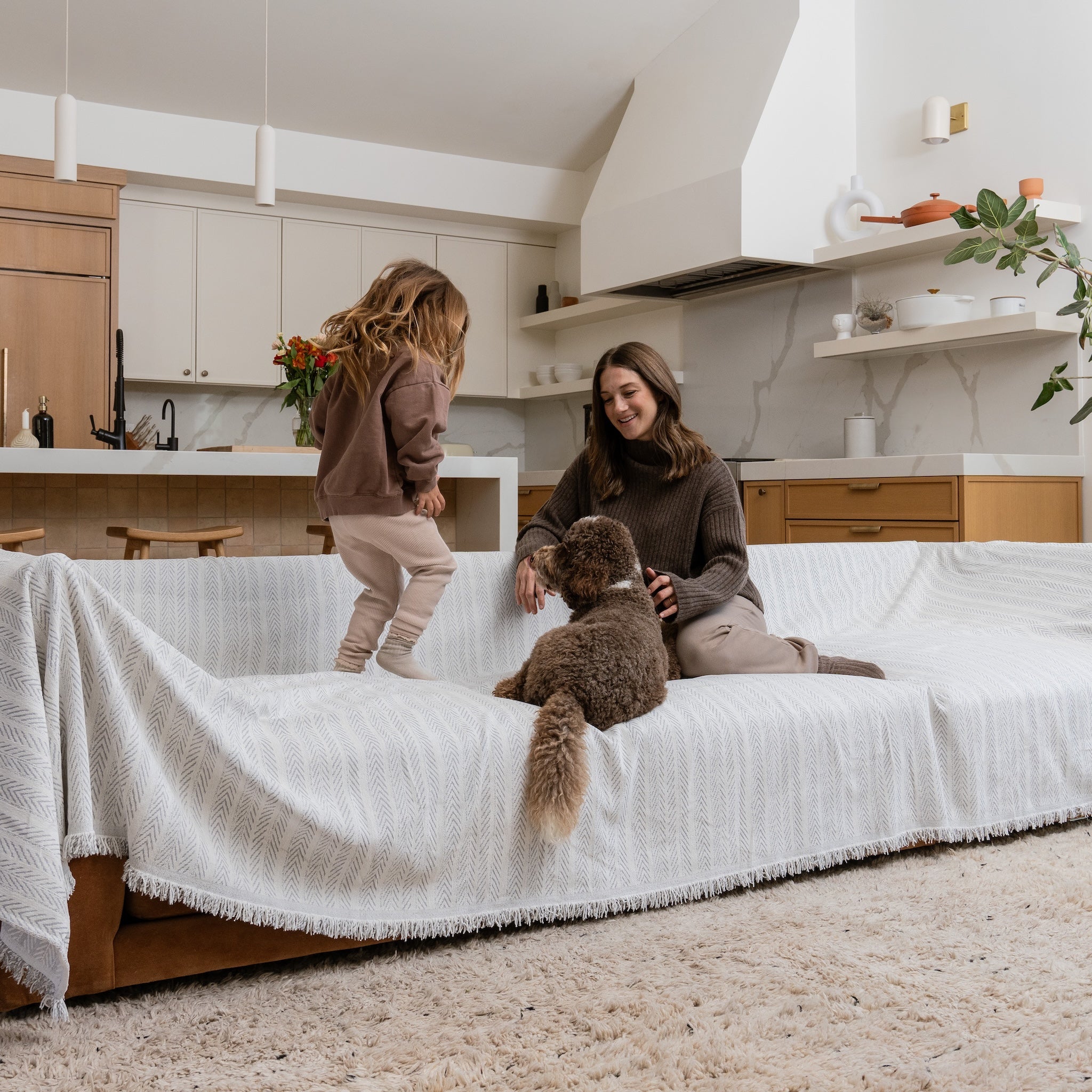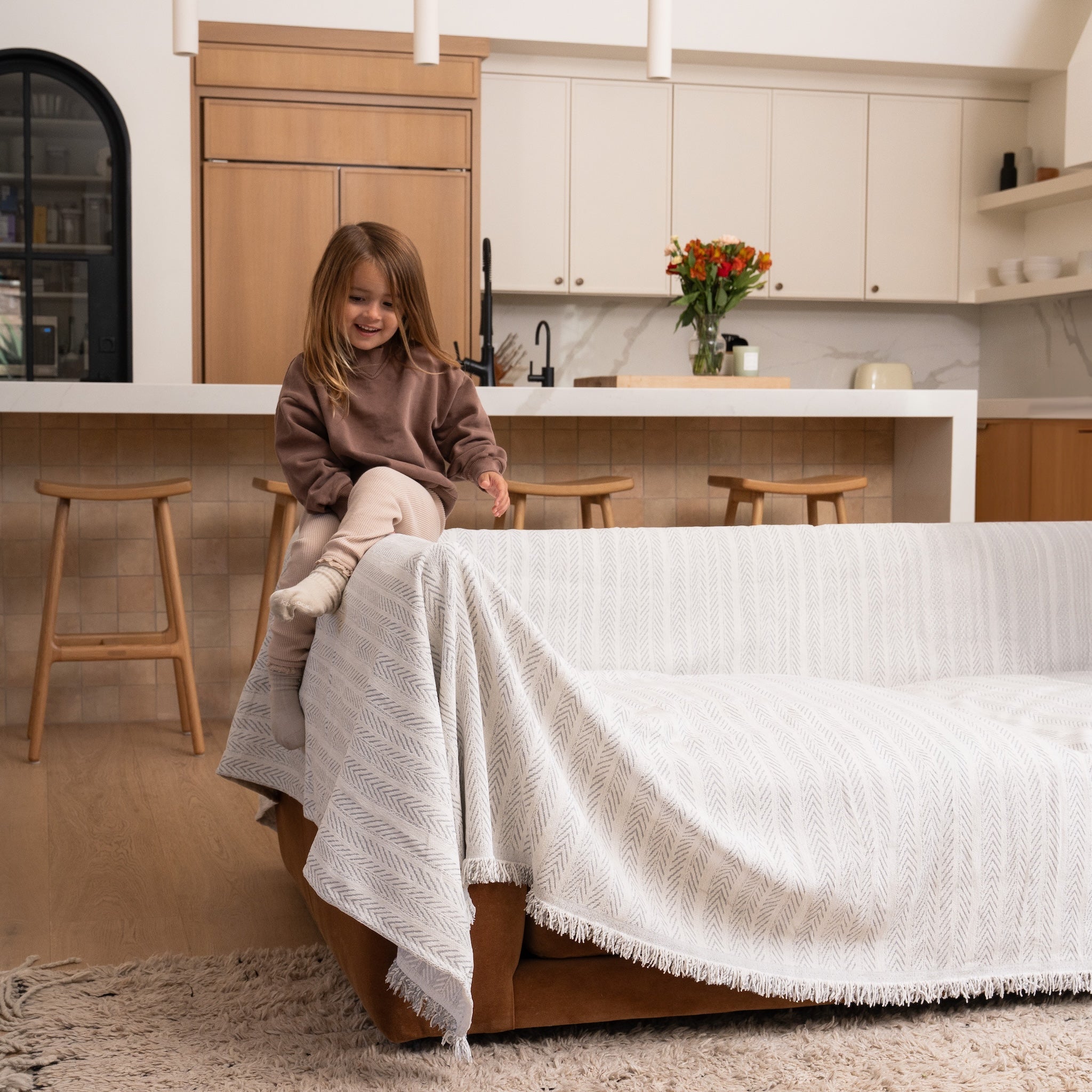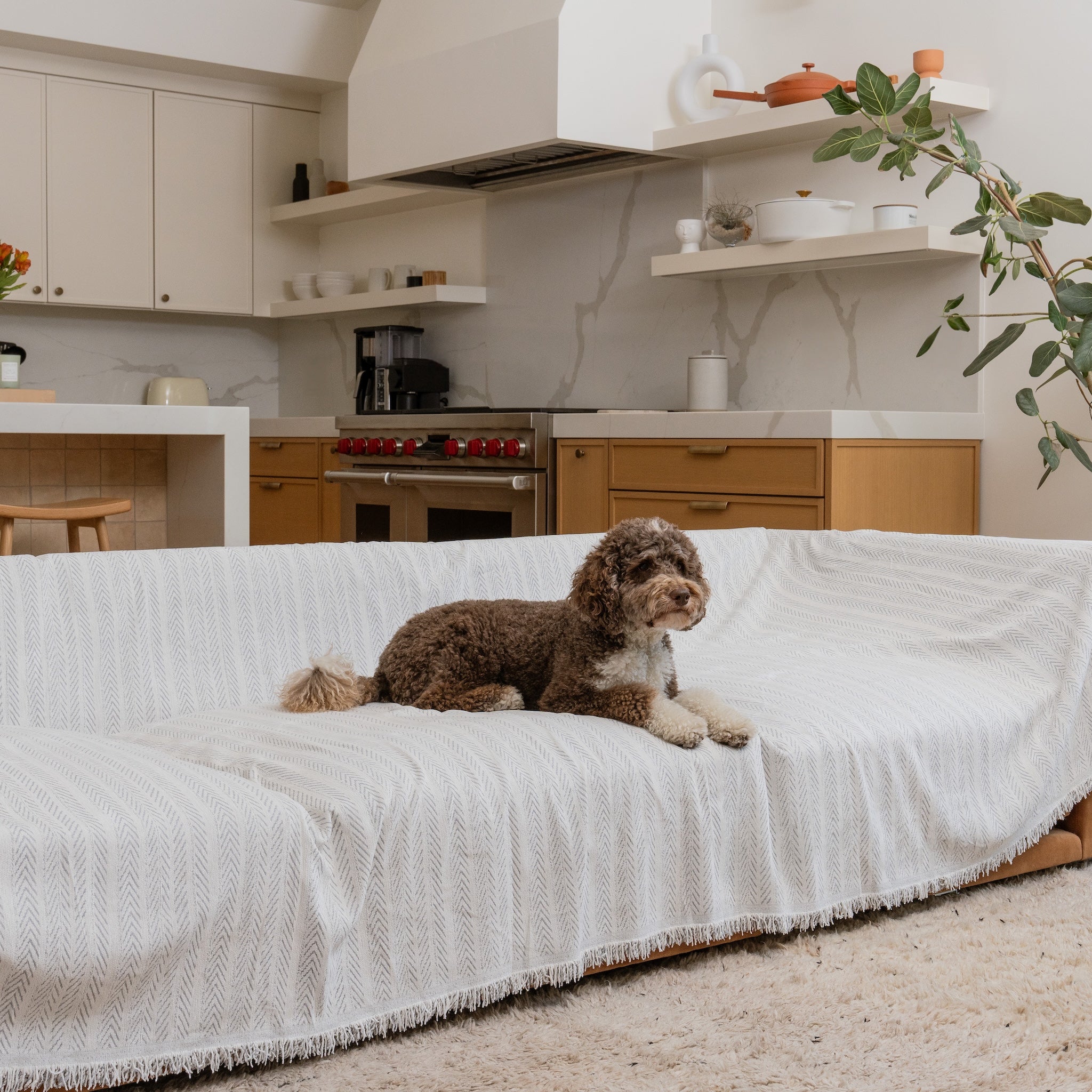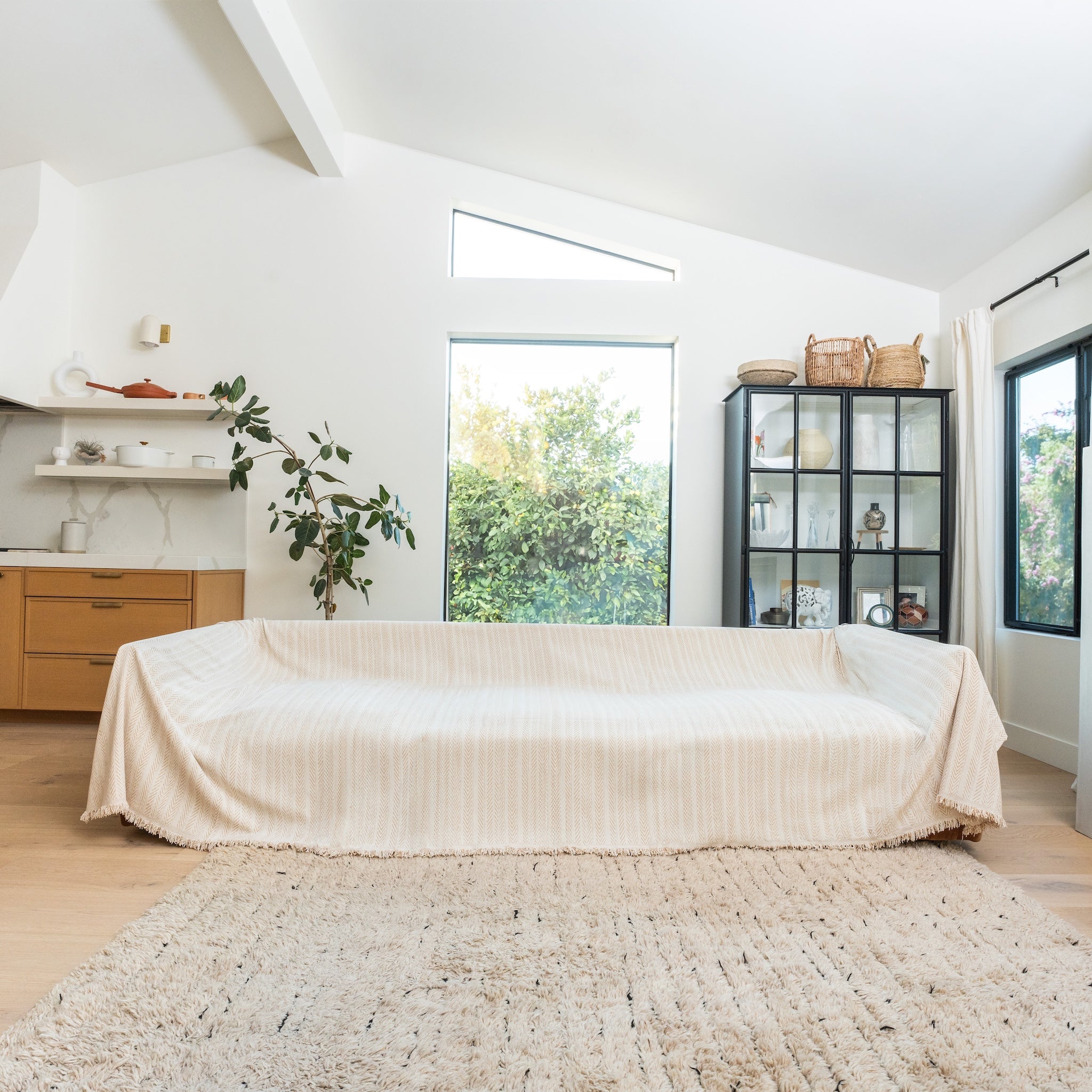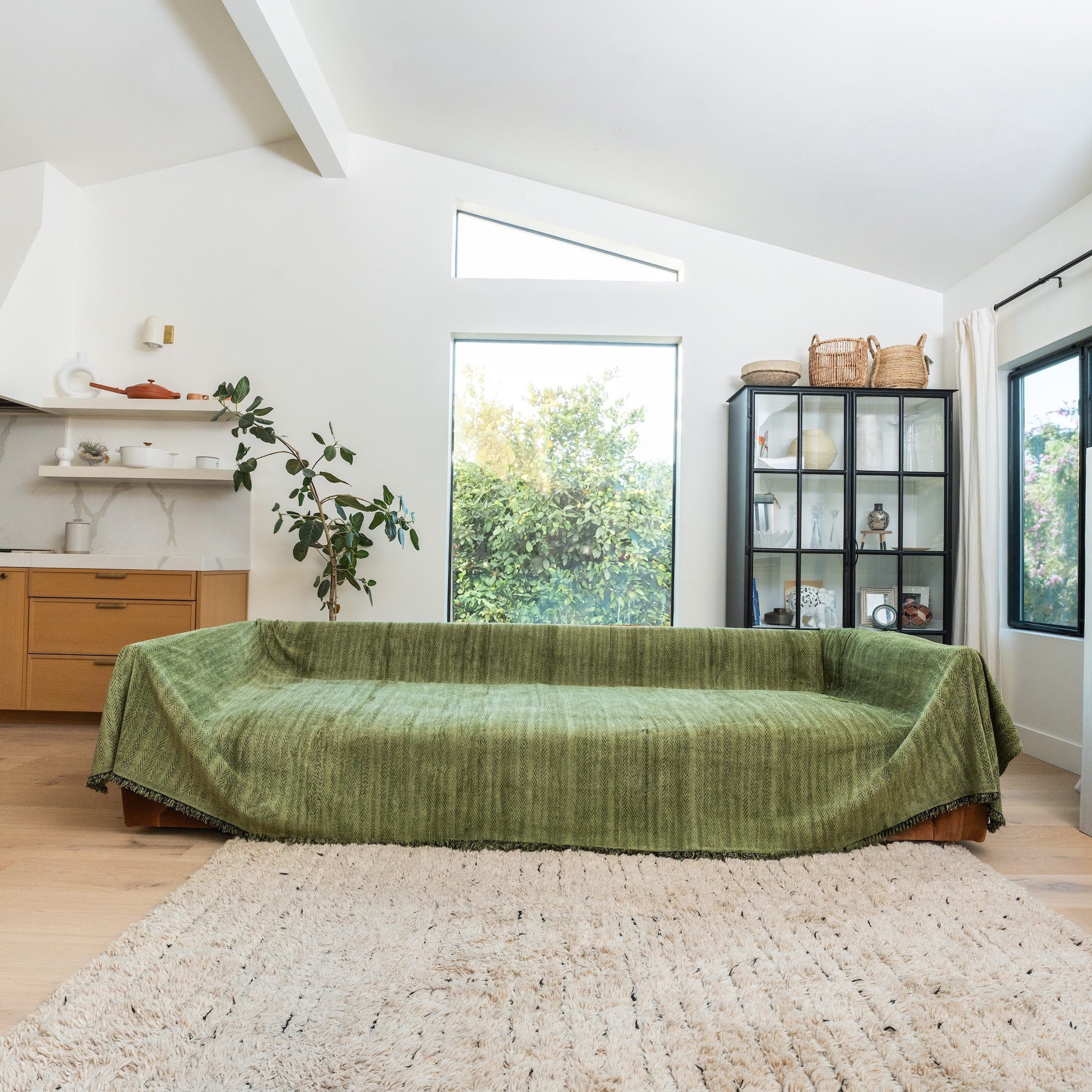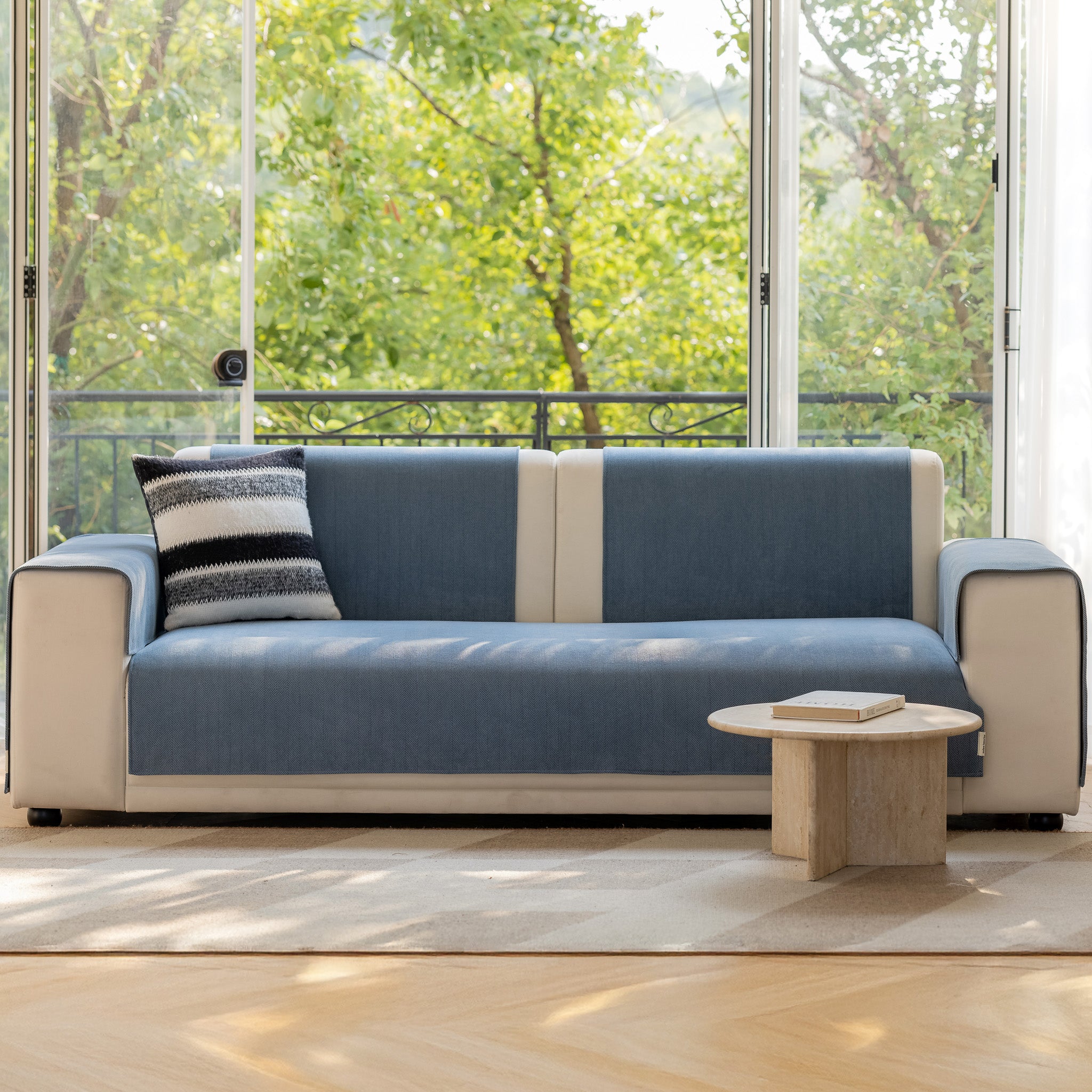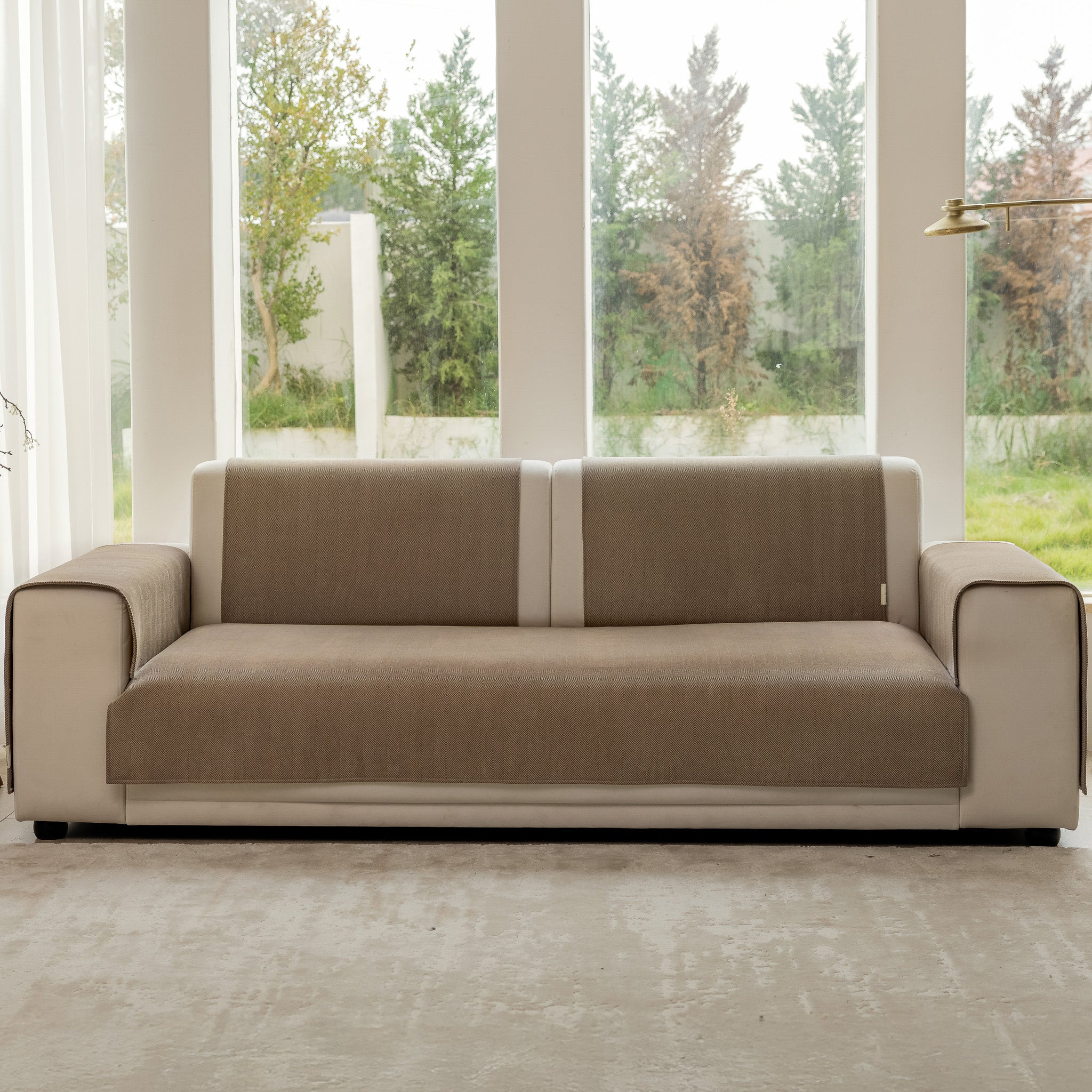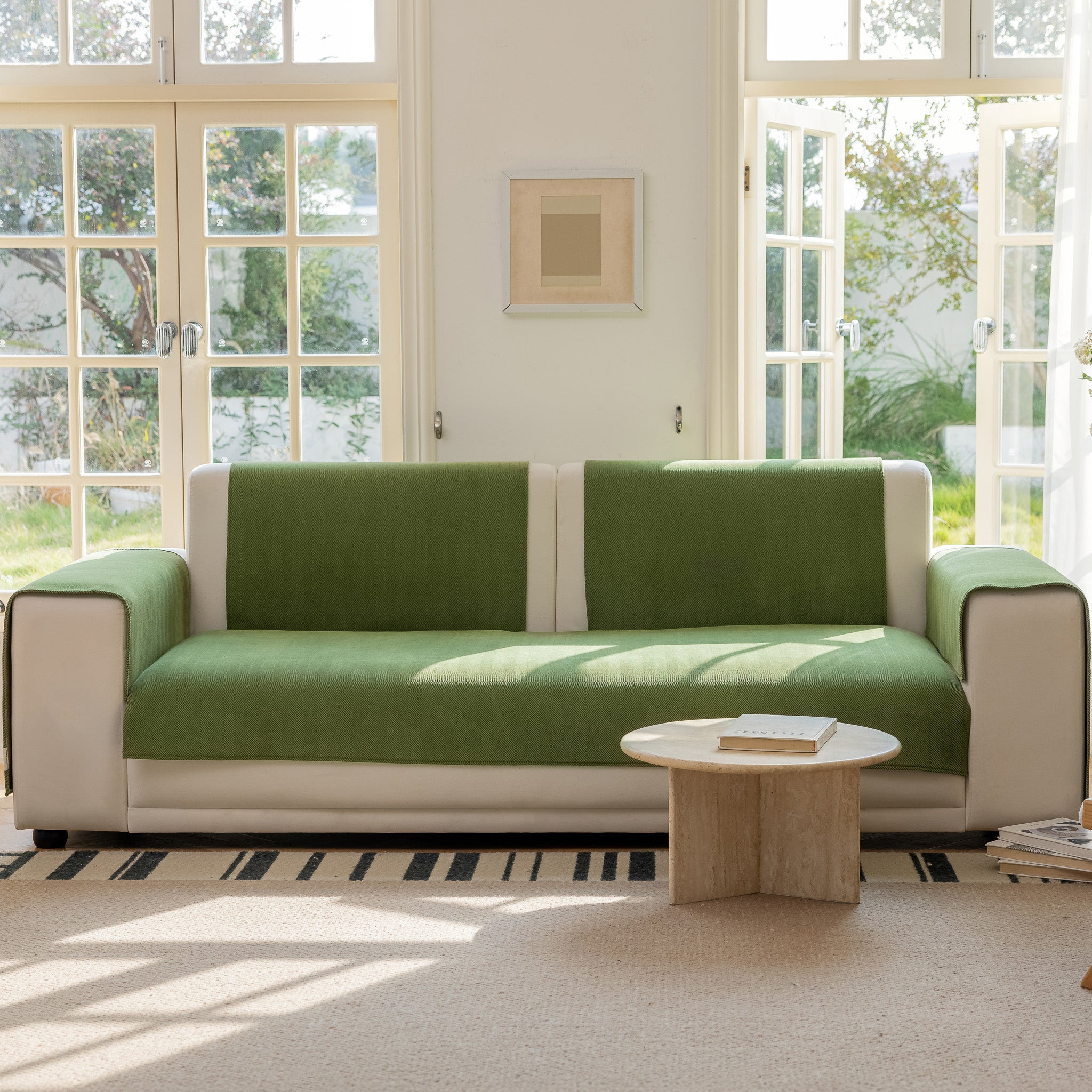The Quick Solution
- Determine the Reason: Understand the underlying cause of the behavior, whether it's medical, behavioral, or stress-related. This will inform your approach to solutions.
- Clean Thoroughly: Immediately clean any areas that were peed on with an enzyme-based cleaner to effectively remove urine traces and odors.
- Restrict Access: Temporarily block your dog’s access to the furniture using barriers or baby gates.
- Routine Potty Breaks: Increase the frequency of outdoor breaks, ensuring your dog has ample opportunity to relieve themselves outside.
- Praise Outdoors: Whenever your dog pees outside, reward them with praises or treats to reinforce the behavior.
Keep reading to learn more about the reason your dog is peeing on your furniture, and most importantly how you can fix the frustrating problem.
Determine Why They're Doing It

Understanding the root cause of why your dog is peeing on your furniture is crucial. By determining the "why", you can tailor your approach to address the problem effectively. Let’s go over some of the common reasons why this is happening, and how you can address the situation.
We’ve included 6 of the most common reasons, along with effective solutions for each reason. Determine which one fits your situation best, and then follow the solution we’ve outlined for you.
Common Reasons and Solutions

Reason #1 - Medical Issues
Dogs sometimes urinate indoors due to underlying health problems. Common culprits include urinary tract infections, bladder stones, or diabetes. Always check with a veterinarian to rule out health concerns.
Common Signs of Medical Issues
- Increased thirst
- Frequent urination
- Blood in the urine
Effective Solutions for Medical Issues
- The first step is to schedule a vet visit. They can run tests to identify conditions like urinary tract infections, bladder stones, or diabetes.
- Follow the vet's treatment recommendations, which might include medications or dietary changes.
- Monitor your dog's water intake and observe any other changes in behavior, as these can provide additional insights into the root cause.
Reason #2 - Marking Territory

Dogs, especially those not neutered or spayed, might pee to mark their territory. This is a natural behavior, especially in males.
Common signs of Territory Marking
- Smaller urine spots
- Often around new objects or where other dogs have visited
Effective Solutions for Territory Marking
- Neutering or spaying your dog reduces territorial marking.
- Clean the areas they've marked using enzyme-based cleaners to completely remove the scent. They will continue to mark the same area as long as they can smell the scent.
- Establish boundaries within the house and reinforce positive behaviors with treats and praise when they avoid marking inside.
Reason #3 - Separation Anxiety

Dogs with separation anxiety may urinate indoors when left alone. It's a stress response.
Common Signs of Separation Anxiety
- Destructive behaviors
- Excessive barking
- Urination when left alone
Effective Solutions for Separation Anxiety
- Gradually increase the time you're away, starting with short intervals and building up, reinforcing their comfort with solitude.
- Provide toys like puzzle feeders to keep them engaged while you’re away.
- Consider hiring a dog trainer to address severe anxiety issues.
Reason #4 - Feeling Submissive or Excited

Some dogs, particularly puppies or timid dogs, might pee when they're overly excited or feel submissive.
Common Signs of Feeling Submissive or Excited
- Peeing during greetings
- Peeing during intense play
- Peeing when intimidated
Effective Solutions for Feeling Submissive or Excited
- Avoid overly excited greetings, which can trigger submissive urination. Stay calm and use gentle tones.
- Train using positive reinforcement to boost their confidence.
- Provide a quiet space where they can retreat if feeling overwhelmed.
- When meeting someone new, meet outside to start. This will prevent accidents from happening on your furniture.
Reason #5 - Incomplete House Training

Dogs that aren't fully house-trained may not understand that they're supposed to pee only outside. This is common in dogs that have been adopted, have changed environments, or have inconsistent training routines.
Common Signs of Incomplete House Training
- Inconsistent toilet habits
- Peeing indoors even with regular outdoor breaks
Effective Solutions for Incomplete House Training
- Establish a regular schedule for potty breaks, and praise your dog when they go in the right place.
- Use crates to limit access to furniture. Typically dogs avoid peeing in their sleeping areas.
- If you’re struggling to house train them by yourself, try a puppy or adult dog training class.
Reason #6 - Behavioral Issues from Past Trauma

Dogs with traumatic backgrounds, like rescues from abusive situations or shelters, might have deeply ingrained behavioral issues. These can manifest as urination problems due to anxiety, fear, or past associations.
Common Signs of Behavioral Issues from Past Trauma
- Excessive fear or anxiety
- Aversion to certain situations or places
Effective Solutions for Behavioral Issues from Past Trauma
- Make sure your dog has a quiet, predictable environment to feel secure.
- Avoid negative corrections. Using positive reinforcement for good behavior will help them feel more comfortable.
- If you’re unable to fix the issue yourself, try working with a dog trainer with experience in trauma-related behaviors.
Using Sofa Covers as a Protective Measure

When dealing with a dog that's prone to accidents, it's important to protect your furniture, even as you address the root cause of the problem. Here are a few reasons sofa covers are a great solution for this:
- They act as a shield against potential accidents. They prevent urine from seeping into the fabric or cushions of your furniture.
- When your dog has an accident, these washable couch covers can easily be removed and cleaned. This reduces the hassle of deep cleaning your furniture every time there's an incident.
- Modern sofa covers come in various designs and materials that can match the decor of your room, so you don't have to compromise on aesthetics.
- Ensure your protective measures stay in place with our non-slip couch covers, designed to offer security and peace of mind, no matter how active your pet is.
- Whether you have a sofa or an L-shaped, U-shaped, or multi-piece sectional, our collections including L-shaped couch covers, U-shaped sectional couch covers, and 3-piece to 6-piece sectional couch covers offer tailored protection for every configuration.
By using dog couch covers, you can reduce the stress of potential accidents and give yourself peace of mind as you address the behavioral issues causing the accidents.
What NOT to Do

Avoid Punishments
As tempting as it might be, punishing a dog for peeing on your furniture, especially after the fact, is counterproductive. Dogs don't make the connection between the punishment and an action they did minutes or hours ago. Negative corrections can create fear and anxiety, which will likely result in more frequent accidents.
Don't Ignore Medical Symptoms
If your dog is frequently urinating or showing signs of discomfort, it would be a good idea to schedule a vet visit. Ignoring these signs or attributing them solely to behavioral reasons can lead to a medical issue progressing. Always check with a vet if you suspect any medical problems.
Avoid Using Ineffective or Harmful Deterrents
While there's a variety of products and home remedies considered as deterrents for dogs, they’re not all safe or effective. Always research and choose vet-recommended products that are safe for pets. What may work for one dog might not work for another, so make sure to find the right solution for your specific situation.
Conclusion
When your dog has a habit of peeing on your furniture, it can be extremely testing and frustrating. Constantly having to clean up the urine and clean the couch can seem like an impossible task.
Here are some takeaways to stop your dog from peeing on the furniture:
- Know Your Dog: Understand the root cause of your dog's behavior to address the issue effectively.
- Patience and Consistency: Dogs thrive on routine and positive reinforcement. A steady approach will pay off in the long run.
- Seek Help When Needed: Whether it's from a vet for potential medical issues or a trainer for behavioral challenges, don't hesitate to get some help with the issue.
Your furniture is a significant investment, both in monetary terms and the comfort it brings to your home. By following the tips above, you'll be on your way to a pee-free living room and furniture.

